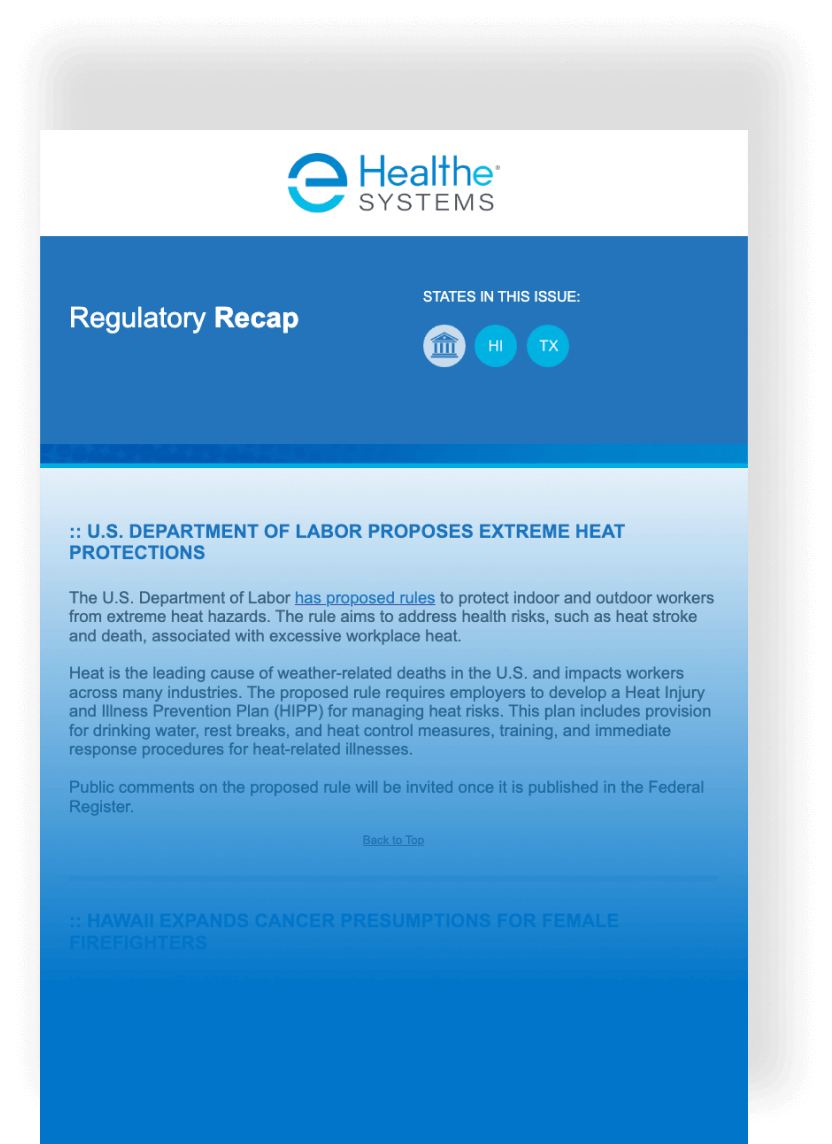Back to Regulatory Recap
The Workers’ Compensation Research Institute (WCRI) published a new report that analyzed nearly 50,000 rotator cuff claims across 32 states, identifying key drivers of high medical costs, defined as exceeding $65,000 within 36 months of injury.
The study covers injuries from October 2015 to March 2019, with medical data tracked for three years post injury. This study offers valuable insight into surgical patterns, comorbidities, and treatment delays that drive high medical costs in rotator cuff injuries, allowing stakeholders to shape more effective care strategies and improve claims outcomes.
Notable findings of the study include:
- Surgery is common: 85% of rotator cuff claims involved surgery; among high-cost claims, that figure rose to 99%
- Multiple surgeries: 45% of high-cost claims had more than one surgery, often due to failed initial procedures
- Arthroplasty is a cost driver: Though rare (1% overall), joint replacement occurred in 5.7% of high-cost claims and was typically a last-resort procedure
- Complex surgeries contribute: Procedures involving the biceps or labrum were also linked to higher costs
- Delayed treatment is common: Many first surgeries occurred more than 6 months post-injury, often due to conservative care attempts or administrative delays
- Comorbidities increase risk: Conditions like osteoarthritis, obesity, diabetes, chronic pain, and mental health issues were associated with higher costs
Tags: Industry Data







